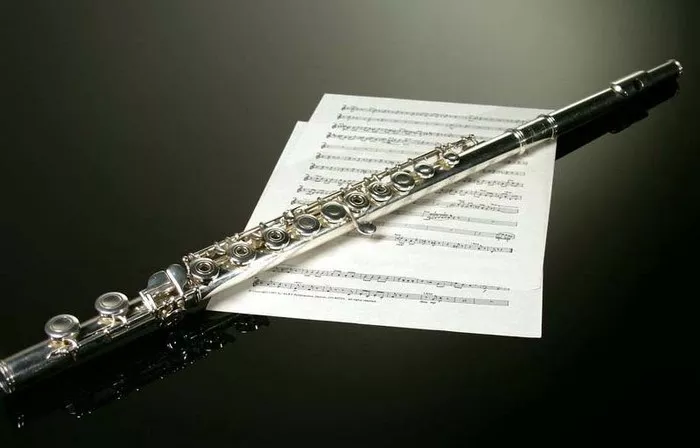When one envisions a flute, the image of a sleek, silver instrument often comes to mind. However, the world of flutes is far more diverse than this stereotype suggests. Beyond the classical concert flute lies a hidden gem – the bass flute. With its distinctive appearance and enchanting sound, the bass flute stands as a testament to the diversity of musical instruments. In this article, we delve into the captivating features of the bass flute, uncovering its unique design, historical significance, and the allure it brings to the realm of music.
Anatomy of the Bass Flute
The bass flute is instantly recognizable due to its size – a commanding presence that stands in stark contrast to its smaller counterparts. Unlike the standard flute’s slender profile, the bass flute boasts a robust and elongated body. Its tubing, measuring notably longer than that of the concert flute, contributes to its deeper and more resonant tones.
See Also: Exploring the Depths: The Enigmatic Lowest Note on a Flute
Materials That Make Up A Bass Flute
Constructed from a variety of materials, including silver, gold, and even nickel silver, the bass flute’s composition affects both its sound quality and appearance. The choice of materials allows for customization, enabling players to tailor the instrument to their desired tonal characteristics. Furthermore, the finish of the bass flute can range from polished silver to matte, each contributing to the instrument’s visual aesthetic.
What is the Keying System for Bass Flute?
The bass flute employs a complex key system, featuring numerous keys and pads that facilitate the player’s control over its deep and diverse range. These keys extend along the instrument’s length, allowing for precision in achieving the desired notes and maintaining consistent intonation.
The Flute’s Historical Roots and Modern Innovations
The concept of a larger flute with a lower pitch dates back centuries. Instruments such as the recorder consort and the Renaissance tenor flute are precursors to the modern bass flute. While these early instruments shared similarities with the bass flute, it was only during the 20th century that the bass flute as we know it today began to take shape.
In the mid-20th century, the bass flute underwent significant advancements in design and construction. Builders experimented with different materials and key configurations to enhance the instrument’s playability and sound quality. These innovations resulted in a more refined and versatile bass flute that found its place in contemporary music.
Application of Bass Flute in Music
The bass flute enriches orchestras with its resonant tones, enhancing ensemble depth and spotlighting solos. In chamber music, it weaves harmonious textures. In contemporary music, it pushes boundaries, while film scores benefit from its evocative mood-setting. Embracing global sounds, it bridges cultures. The bass flute’s distinctive presence captures diverse musical expressions, proving its versatility and captivating audiences worldwide.
Conclusion
In the world of music, the bass flute stands as a testament to the diversity and beauty of instrumental craftsmanship. Its unique design, historical evolution, and distinctive tonal qualities set it apart as a remarkable member of the flute family. From its elongated body and intricate keywork to its commanding presence on the stage, the bass flute captivates both the eye and the ear.
As musicians continue to explore new horizons and push the boundaries of musical expression, the bass flute’s allure remains undiminished. Whether it’s lending depth to an orchestral masterpiece, resonating in a chamber ensemble, or taking center stage in a solo performance, the bass flute’s enchanting presence is a testament to the boundless creativity and innovation that define the world of music.


